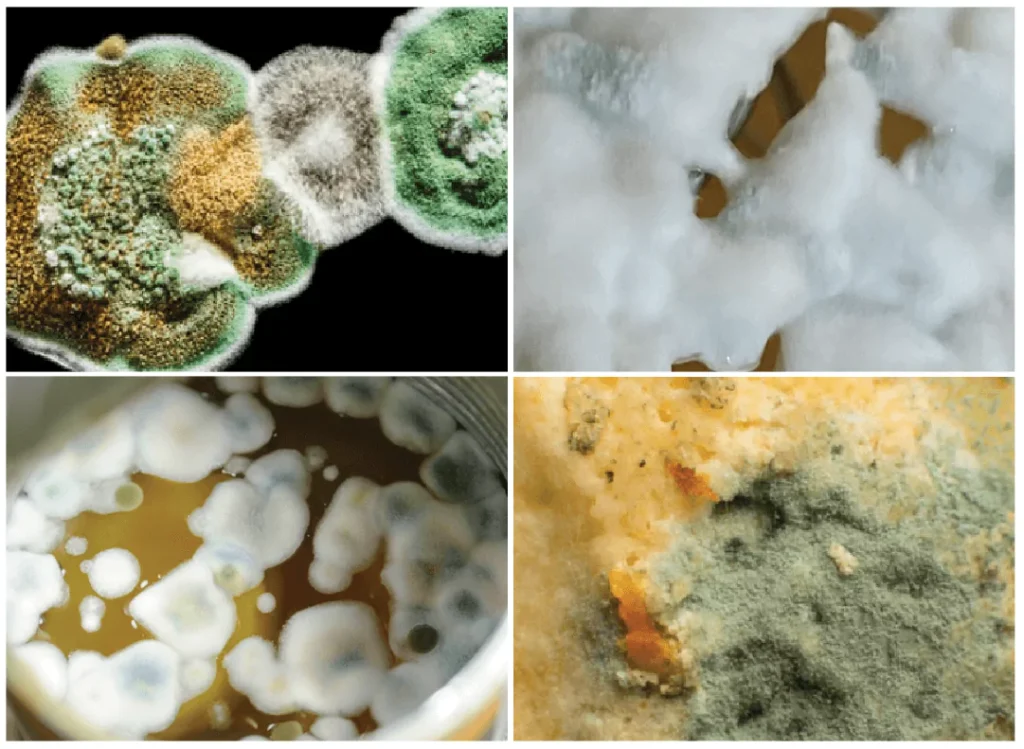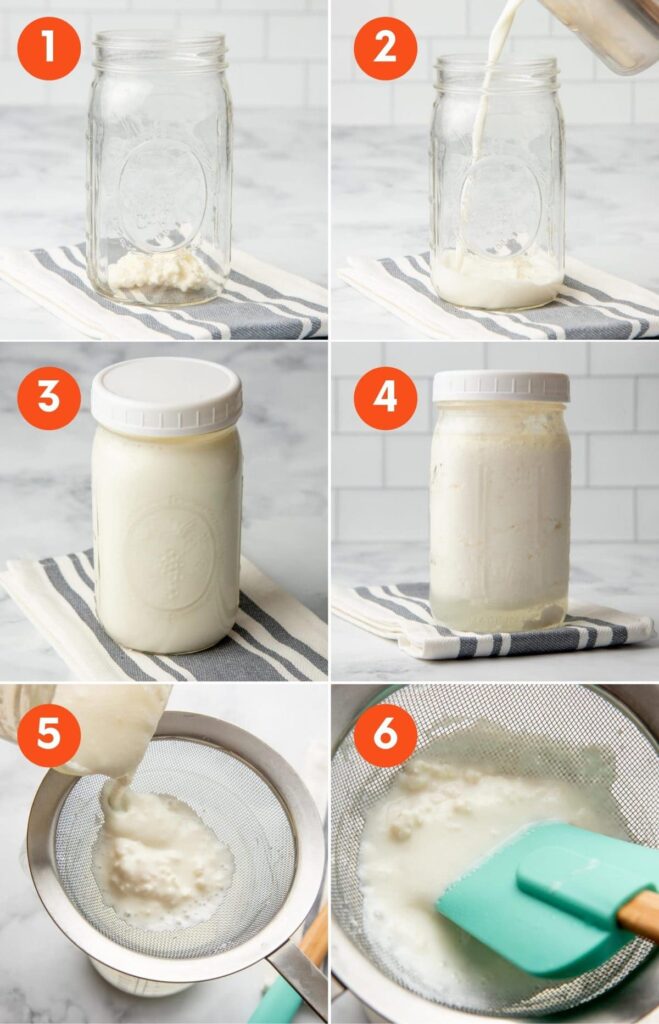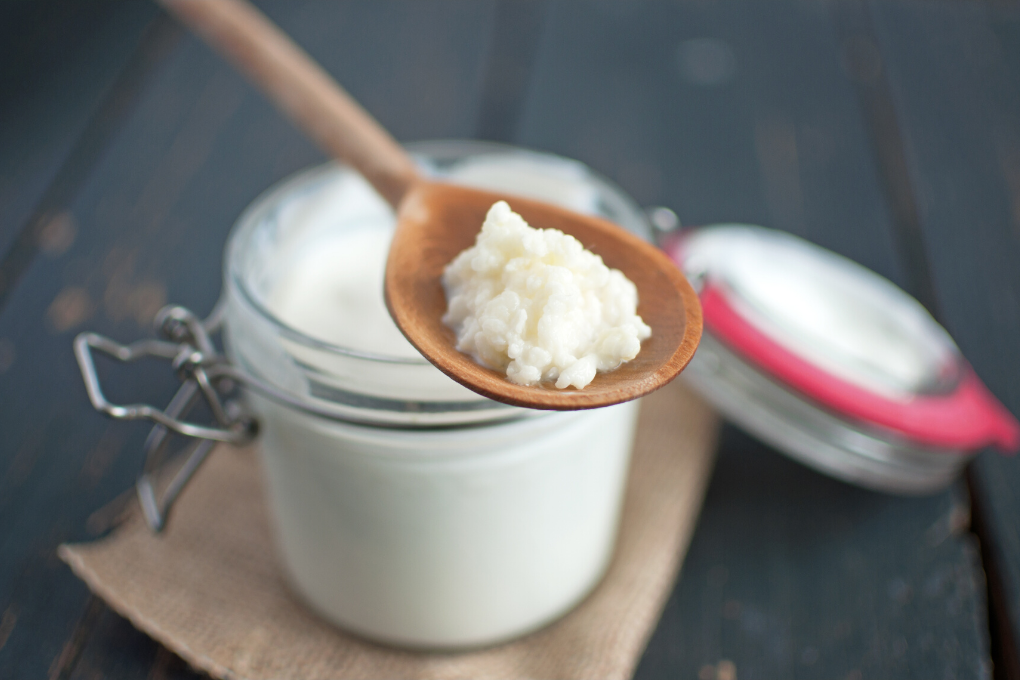Homemade kefir is a rewarding way to create a nutrient-rich, probiotic drink, but the process can sometimes go awry for beginners. Contamination by mold, unwanted bacteria, or yeast overgrowth is a common issue that can ruin your efforts. This guide explains the science behind these potential problems, how to prevent them, and what to do when things go wrong.
Understanding Mold, Bacteria, and Yeast in Kefir
The Beneficial Microbial Community in Kefir
Kefir grains are a unique symbiotic culture of bacteria and yeast (SCOBY). Together, they ferment milk sugars, creating a tangy, probiotic-rich beverage. The bacterial strains, including Lactobacillus kefiranofaciens and Lactobacillus kefiri, lower the pH of the milk, making it resistant to harmful microbes. Yeasts such as Saccharomyces cerevisiae contribute to kefir’s slight effervescence by producing carbon dioxide and ethanol.
The Risks of Contamination
- Mold: Appears as fuzzy growths in colors like white, green, or black. Mold contamination often stems from airborne spores or an unclean environment.
- Unwanted Bacteria: Pink or orange films indicate bacterial contamination, often caused by unfiltered water or residual moisture in utensils or jars.
- Yeast Overgrowth: A strong, yeasty smell or excessive fizzing suggests an imbalance where yeast outgrows the bacteria.

Why Contamination and Overgrowth Happen
Common Causes
Hygiene Lapses:
- Residual moisture in jars or utensils can harbor unwanted bacteria, such as Serratia marcescens, known for its pink biofilm.
- Infrequent cleaning or improper drying allows contaminants to thrive.
Environmental Contamination:
- Airborne mold spores from a damp home or nearby fermentations (e.g., kombucha or sauerkraut) can settle on kefir.
- Proximity to fermenting foods can lead to cross-contamination between microbial communities.
Suboptimal Fermentation Conditions:
- Fluctuating temperatures disrupt the balance between bacteria and yeast, promoting yeast overgrowth.
- Poorly sealed jars allow oxygen to enter, creating conditions favorable for mold growth.

Preventive Measures for Safe and Healthy Kefir
1. Hygiene is Key
- Always sanitize all equipment and ensure jars, lids, and utensils are completely dry before use.
- Do not rinse kefir grains. Rinsing disrupts the protective biofilm that helps maintain a balanced microbial ecosystem.
2. Control Your Fermentation Environment
- Keep the fermentation temperature between 20–25°C (68–77°F) to encourage balanced microbial activity.
- Use a breathable cloth cover secured with an elastic band to allow airflow while keeping out contaminants.
3. Avoid Cross-Contamination
- Ferment kefir away from other cultures such as kombucha, sourdough, or sauerkraut to prevent microbial crossover.
- Ensure your workspace is clean, especially if other fermentations are occurring nearby.
4. Use High-Quality Ingredients
- Opt for fresh, high-quality milk and avoid ultra-high-temperature (UHT) pasteurized options, which lack the nutrients kefir grains need.
- Ensure all utensils and jars are free from moisture or residue to prevent bacteria from entering the process.

What to Do When Kefir Goes Wrong
Identifying Issues
- Mold Growth: Fuzzy patches of mold require immediate disposal of the entire batch. Mold spores penetrate deeper than the visible surface and cannot be safely removed.
- Unpleasant Colors or Smells: Pink or orange discoloration and putrid smells indicate bacterial contamination. Discard the batch and thoroughly sanitize all equipment.
- Overly Yeasty Kefir: A strong yeast smell or over-carbonation suggests an imbalance. Lower the temperature or reduce the amount of kefir grains to slow yeast activity.
Conclusion: Enjoy Safe and Delicious Kefir
With proper care and a little scientific understanding, making kefir at home can be a consistently rewarding process. By maintaining hygiene, controlling the fermentation environment, and using high-quality ingredients, you can avoid common pitfalls and produce safe, flavorful kefir.
Remember, mistakes are part of the learning process—so don’t be discouraged if your first few batches aren’t perfect. Over time, you’ll develop the skills and intuition to master this ancient craft.



